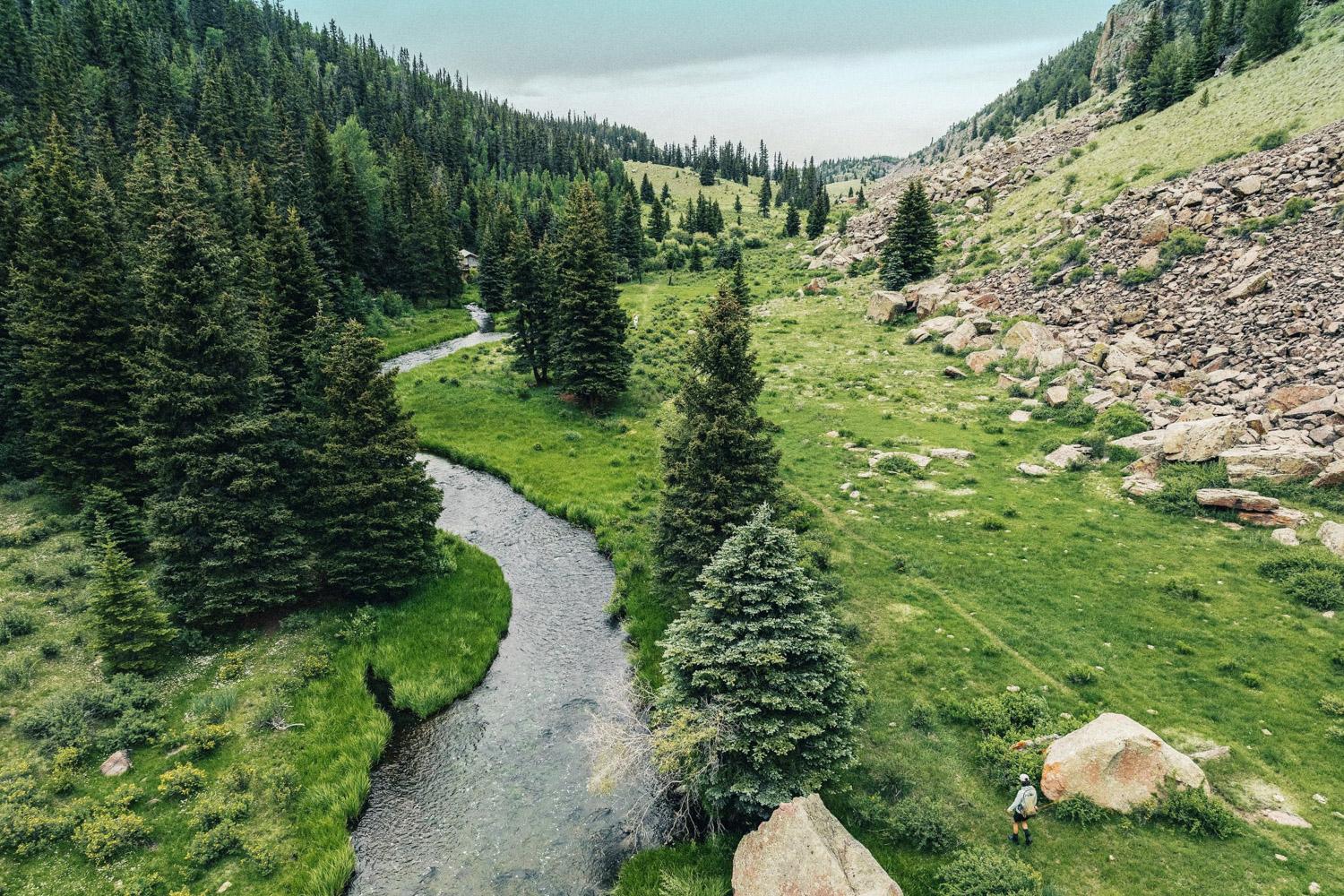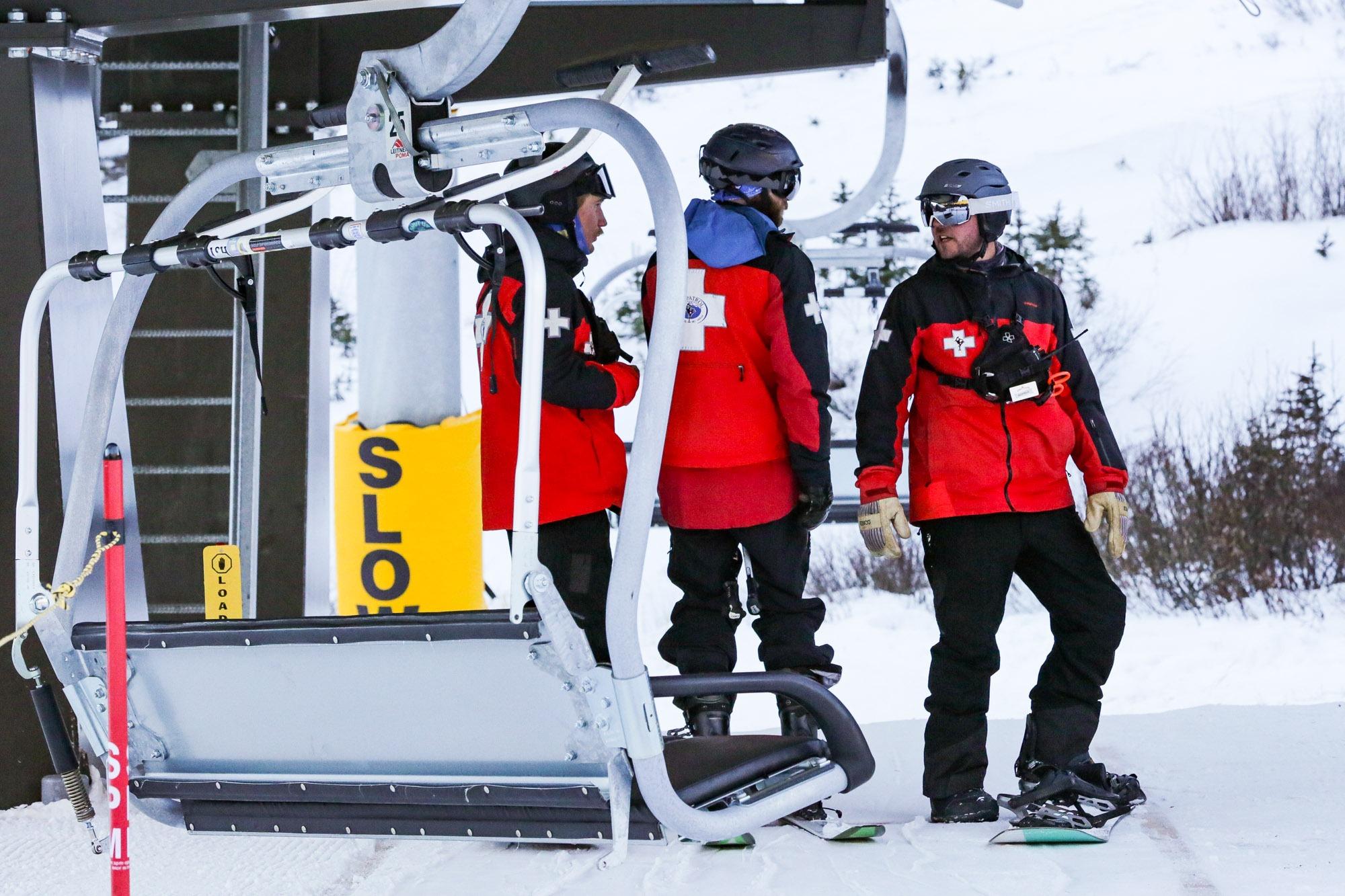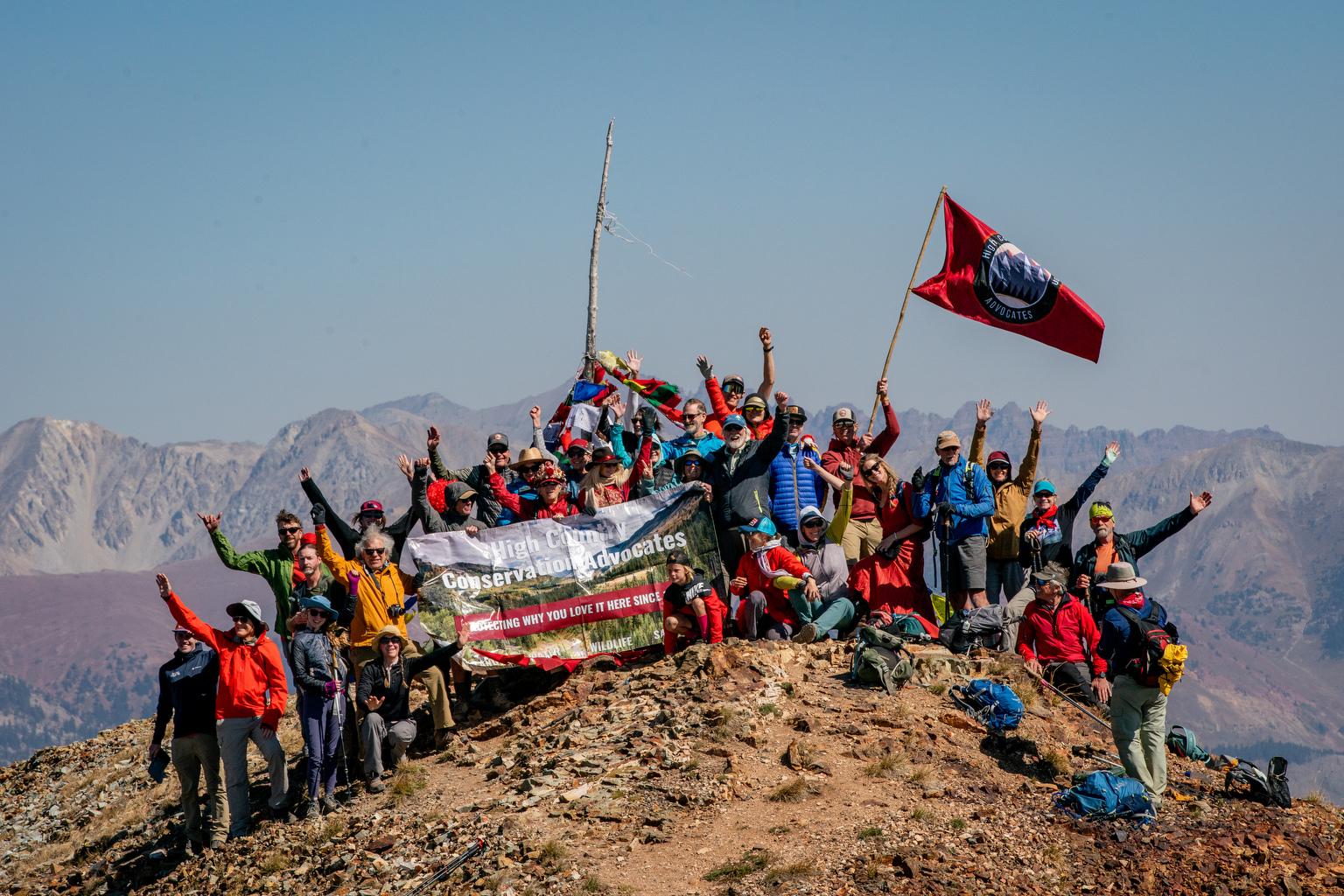
It took nearly 50 years, but Sue Navy’s moment finally came.
She stood before a jubilant crowd in downtown Crested Butte last Friday and declared victory in a fight that defined her life and completed the area’s transition from a mining town to a world-class skiing, hiking and mountain biking destination.
“I’m beside myself,” she told the crowd of hundreds. “This has been the most amazing, spectacular event I ever could have imagined.”
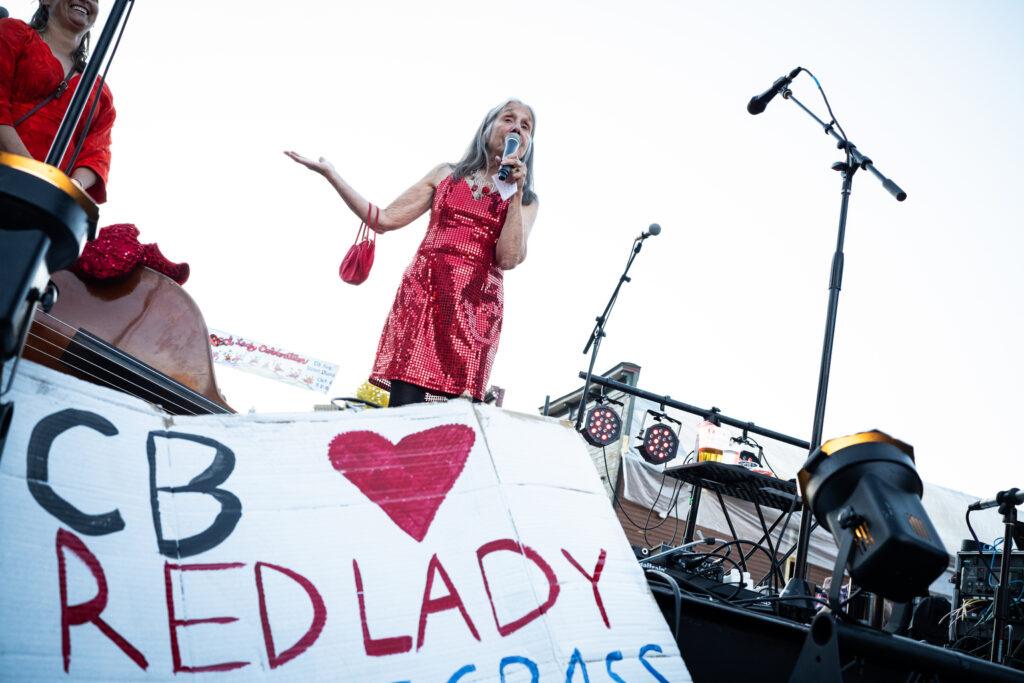
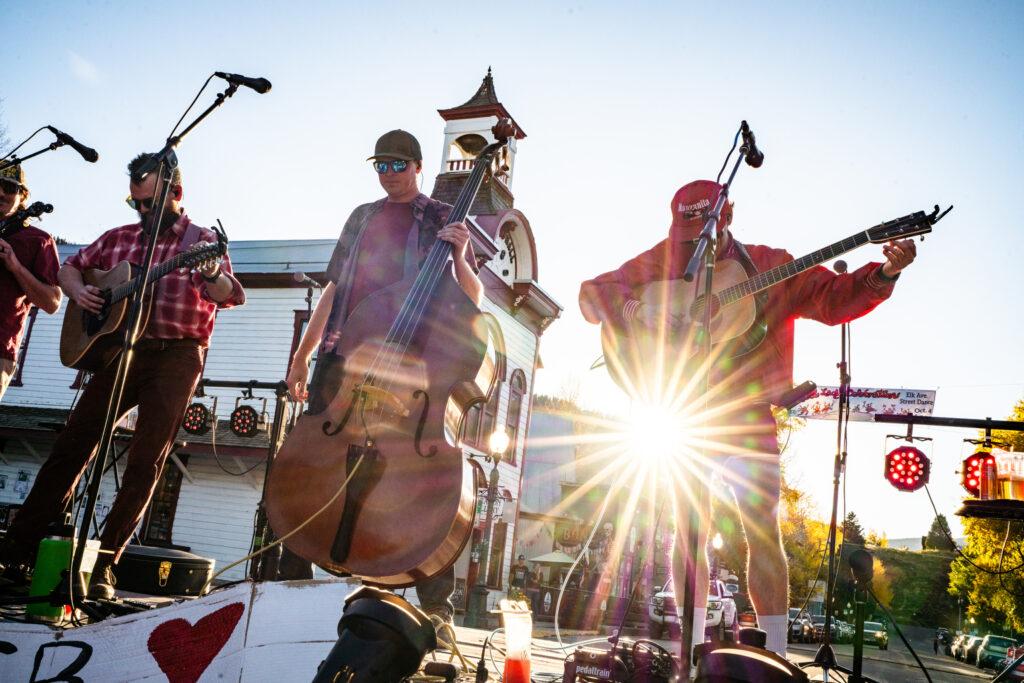
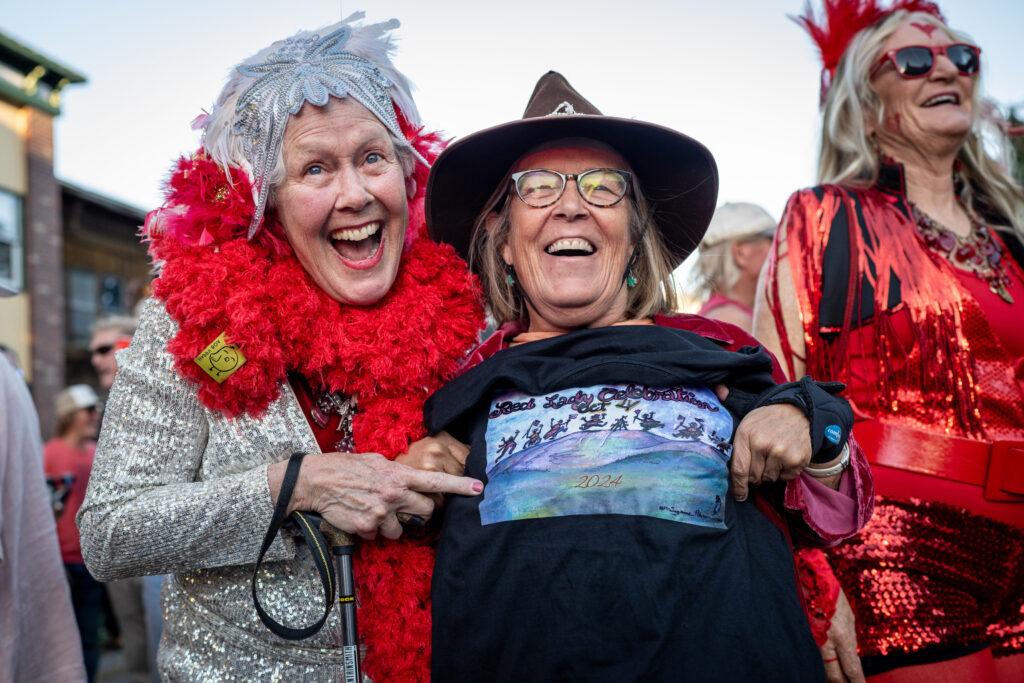
For decades, she and many others, protested, fundraised, lobbied, filed lawsuits and negotiated with government leaders and industry executives to permanently protect Mt. Emmons, which, at about 12,400 feet, towers over the town from the west and often glows red at dawn and dusk. The town’s namesake, Mt. Crested Butte, stands sentinel to the east.
Their work, along with some good luck over the years, paid off this summer when a complex deal was signed that forever ended the possibility of mining on the mountain.
Now, it was time for a celebration. A local bluegrass band played as the evening sun shone past Mt. Emmons and illuminated the red dresses worn by women in the crowd to honor the “Red Lady,” as locals know the mountain.
The street dance mimicked one Navy and others threw in 1981 when a mining company left town, ending the first round of this protracted battle. Navy told the crowd there was one big difference this time.
“This time is forever,” she said.
An early win, then decades of uncertainty.
Navy was part of a wave of young people who moved to Crested Butte in the late 1960s and 1970s, well after the town’s historic coal mines had closed. Streets were still unpaved, the nearby ski resort was still new, and real estate was cheap.
“We just needed to get away from it all,” said Navy, who moved from New York City in 1971.
Those societal refugees were snapped back to reality at the end of the decade, when mining giant AMAX proposed a massive molybdenum mine on Mt. Emmons where they said they’d found $7 billion worth of the metal, which is added to steel to harden it for use in engines, furnaces, lubricants and other industrial applications.
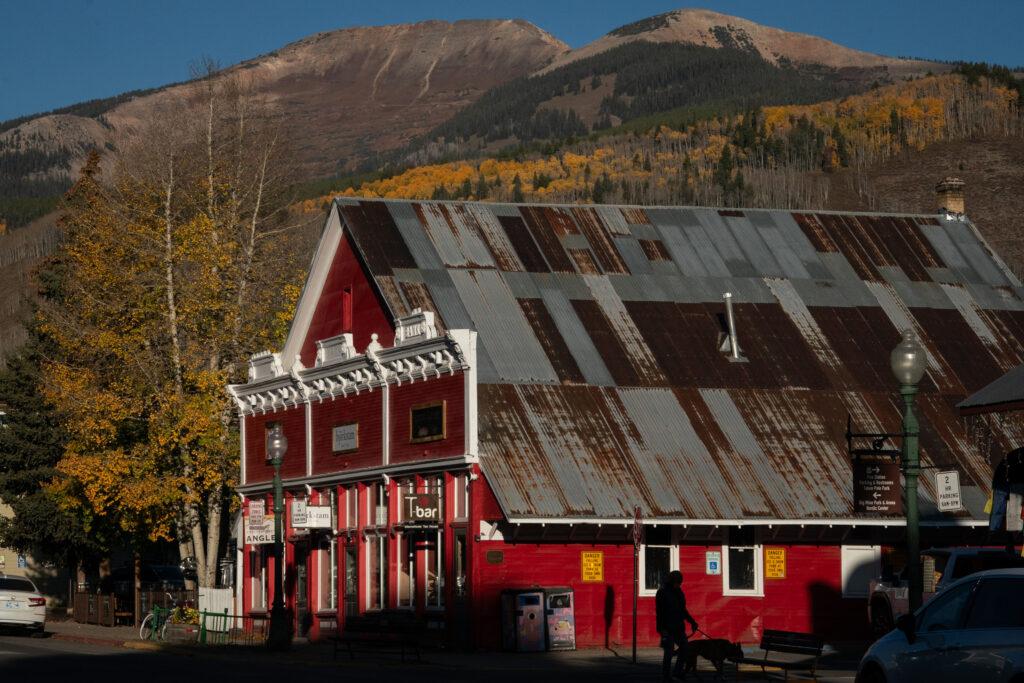
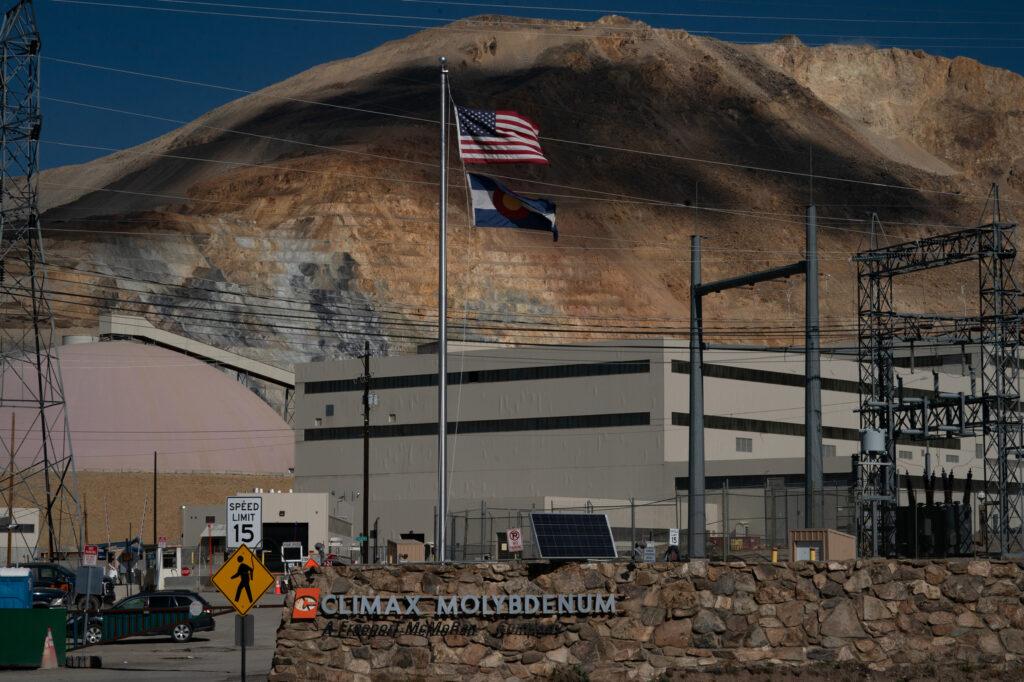
While some of the town’s old-timers were eager for a new era of mining, many of the valley’s residents opposed the project using their brains, energy and threats of violence, the New York Times Magazine reported in 1979. Navy and others started the High Country Conservation Advocates, a local nonprofit that continued the fight until its conclusion.
The opposition had luck on its side, too. AMAX received its permits in 1982, but the company had already paused the project due to crashing molybdenum prices
“If the commodity market had been different, they would have opened that mine,” said Jessica Smith, a professor in the engineering design and society department at the Colorado School of Mines who has written about Mt. Emmons. “It was really the market that [killed] that project, not the opposition.”
The opposition, though, Smith said, took advantage of new federal environmental review laws that delayed the project enough that the market crash proved fatal.
Other proposals came and went over the decades since, like an “ongoing undulating wave,” Navy said in an interview.
Finally, a turning point came in 2016.
That’s when another conglomerate, Freeport-McMoRan, acquired the mine site at Mt. Emmons.
A Freeport subsidiary ultimately relinquished its mining rights as part of this summer’s agreement. Company officials even appeared at last weekend’s festivities in Crested Butte.
“In my entire career I've never seen anything like this,” Freeport executive Francis McAllister told the crowd on Elk Avenue, before joking that the party was “the only reason” the company agreed to abandon any possibility of mining again on Mt. Emmons.
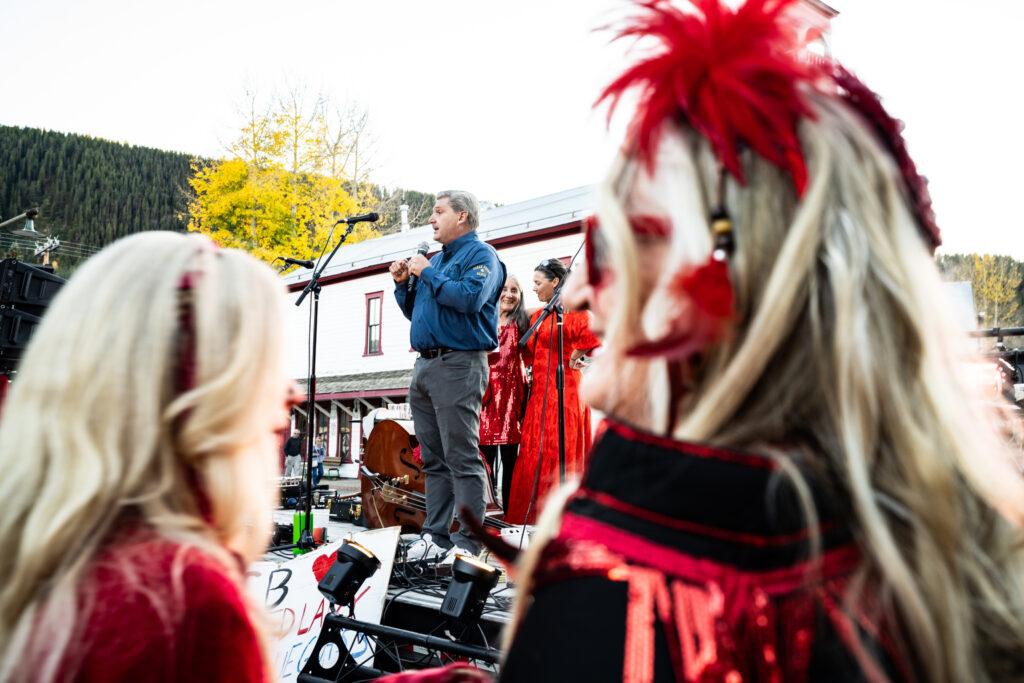
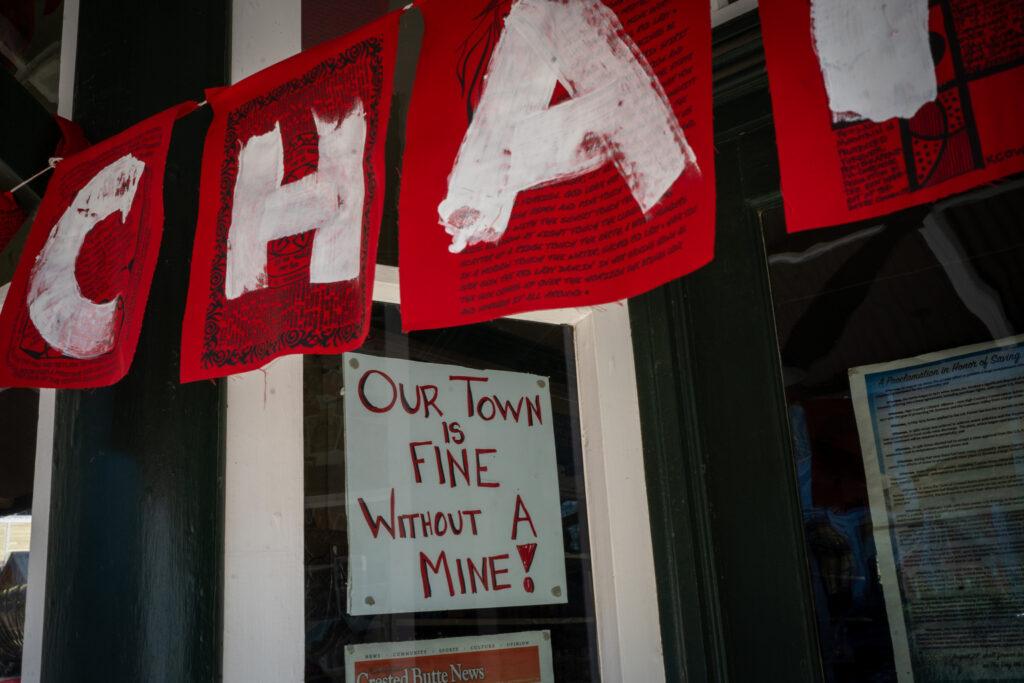
In reality, a complex web of factors helps explain its actions. Those include the company’s potential liability for the historic and inactive Keystone mine, a separate site also located on Mt. Emmons, and an aging water treatment facility for that mine that sat on U.S. Forest Service land.
The Freeport subsidiary made its 2016 purchase to “ensure protection of the environment was maintained,” company spokesman Jim Telle wrote in an email. “There were no plans to develop a mine.”
In August, the Forest Service approved a land swap that resulted in the company acquiring 539 acres of land near the Keystone mine, including the area that holds the Keystone water treatment facility. The company gave up more than 600 acres of its land in Gunnison and Saguache counties and agreed to a conservation easement and mineral extinguishment agreement that means it can never mine its newly acquired land.
The Mt. Emmons area was also included in the Biden administration’s 20-year protection of the Thompson Divide, announced earlier this year and supported by U.S. Sen. Michael Bennet.
There’s new public access, and oversight too
The deal means the public also can now legally ski the Red Lady, something locals have done as “serial trespassers for decades,” said Crested Butte Land Trust Executive Director Jake Jones.
Freeport will also replace the aging water treatment facility, Jones said. Before that began operating some four decades ago, Coal Creek, which provides Crested Butte’s drinking water, would run orange with historic mining waste through downtown, said Ashley Bembenek, executive director of the Coal Creek Watershed Coalition.
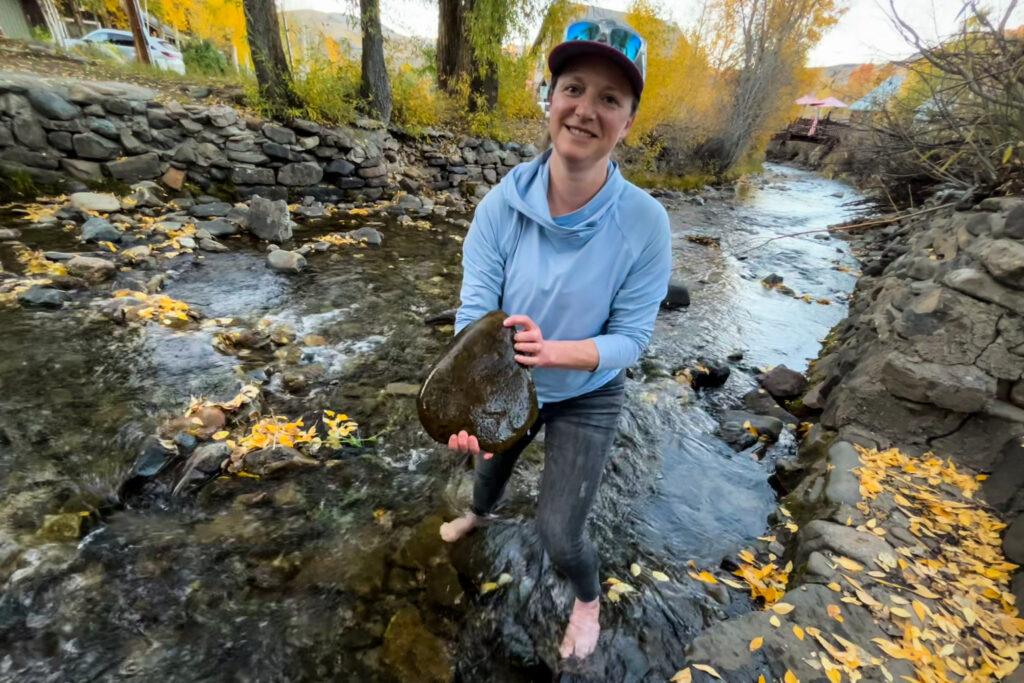
Water in Coal Creek occasionally exceeds quality standards for aquatic life, Bembenek said. But runoff from a molybdenum mine very likely would’ve made it worse.
The molybdenum mine’s permanent death amounts to “the best news the trout in Coal Creek have had in, I don't know, at least since the town was settled,” she said.
Freeport has been a great partner, Jones said, but added that there’s no guarantee the next owner, if there is one, will be a team player too. The land trust has the authority to enforce the conservation easement and will go on the Keystone property every year to monitor it.
“It's all fun and games until someone violates a conservation easement,” Jones said. “And then the work gets really serious.”
The mine’s final death bled into another hot-button topic in last week’s issue of the local paper: housing.
“We saved Red Lady to build Highlands Ranch,” read a full-page ad in the Crested Butte “News,” printed over a rendering of a proposed 252-unit workforce housing development just south of town.
Like all of Colorado’s ski towns, a lack of affordable housing in Crested Butte is leading to long commutes for workers and even a spike in real estate prices in once-cheaper bedroom communities.
Crested Butte Mayor Ian Billick said the Red Lady fight should be a model for how the community approaches its current housing crisis. For decades, he said, the town said “Hell No” before finally reaching a “Hell Yeah” after discussing and negotiating a solution.
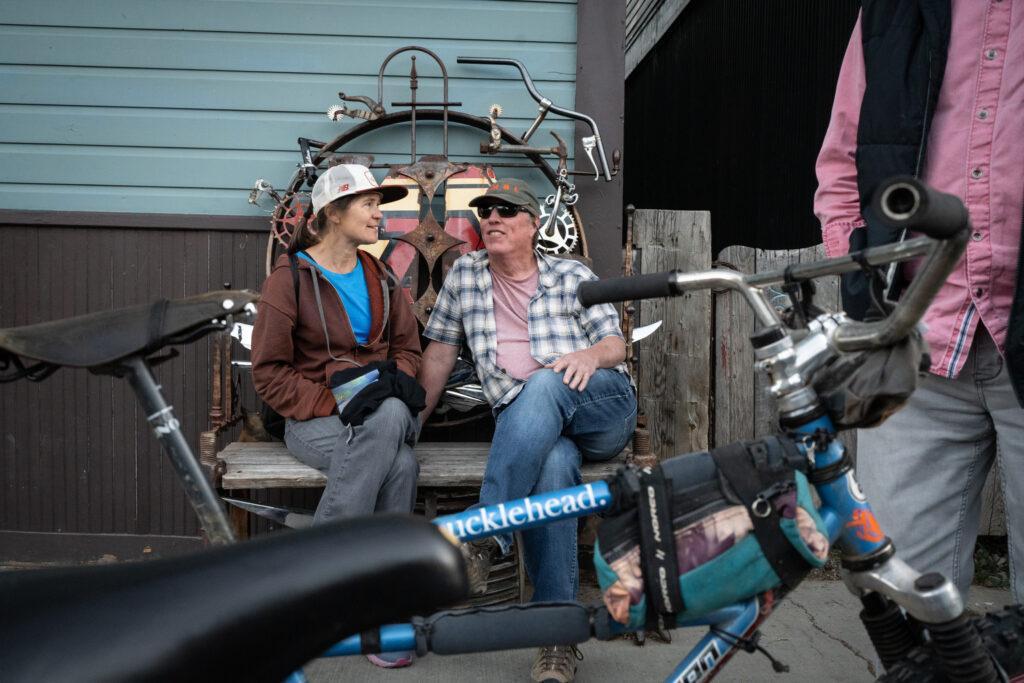
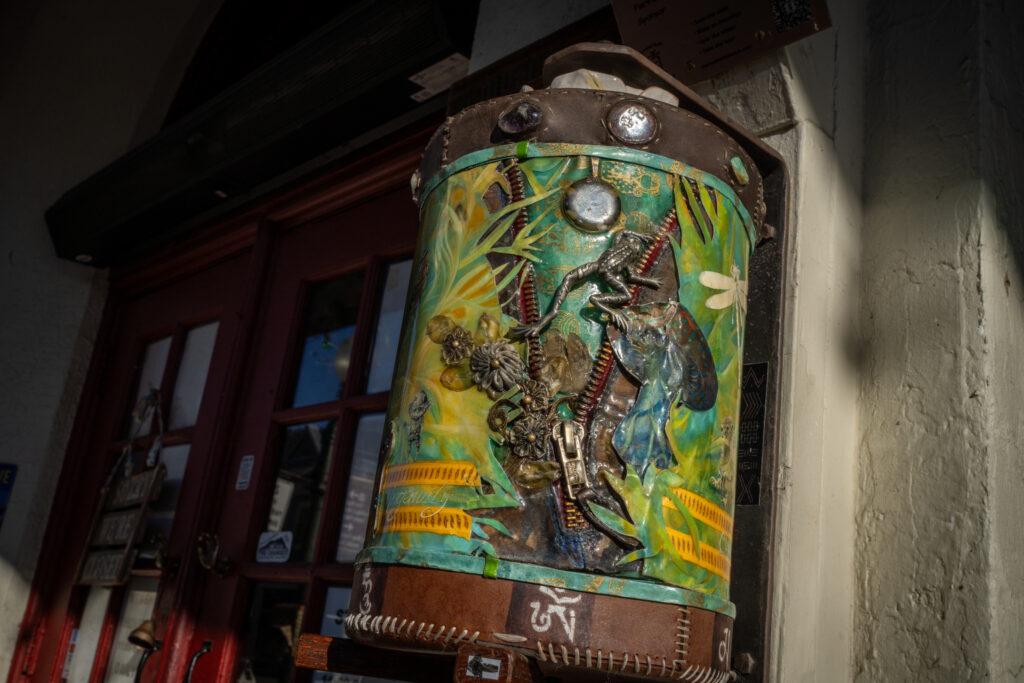
“Crested Butte is a place that's always been authentic, where we've had our quirky individuals, we've had our people that are looking to get away,” he said. “We want to retain the full richness of that community. And if we don't intentionally create housing, it's not going to happen and it's not going to be there.”
The day after the street dance, a group met for a special hike.
Mining company officials on Saturday allowed the public to walk up their road, which nearly reaches the Mt. Emmons summit. Among the group of 35 or so was about a half-dozen activists and journalists who had made a similar hike in 1981 when AMAX put their project on hold.
Most of that group, now silver-haired, rode in vehicles most of the way to the summit.
One of the riders was Jim Starr. Decades ago, he organized ski tours to Aspen to raise awareness for the mine fight. He even once tried to organize a Quaker meeting where AMAX wanted to put a tailings pond after reading about a federal law that apparently could have given the worshippers a square acre of land.
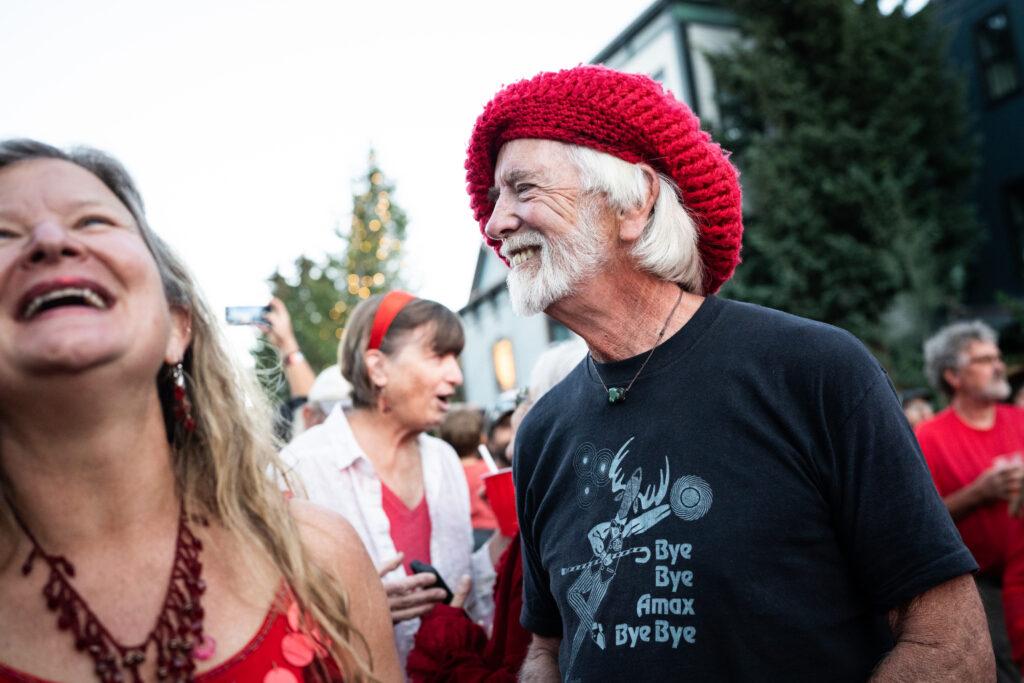
After advertising their meeting, they were met at the site by a rancher and sheriff on horseback.
“We turned around and that was the last of that idea,” he said.
Now in his late 70s, Starr said he doesn’t run trails anymore. He wielded hiking poles as he carefully navigated the scree at the top of Red Lady. He pointed down to her bowl, which could have collapsed if the mine had happened.
“They said it would never collapse at the top here, but we had our doubts,” he said.
A molybdenum mine near Leadville has, after more than 100 years, has gouged out so much earth that Bartlett Mountain is now more than 150 feet lower.
The wind whipped as Starr made his final ascent. A group of dozens was waiting for him.
“Red Lady lives,” he said to their cheers as he reached the top.
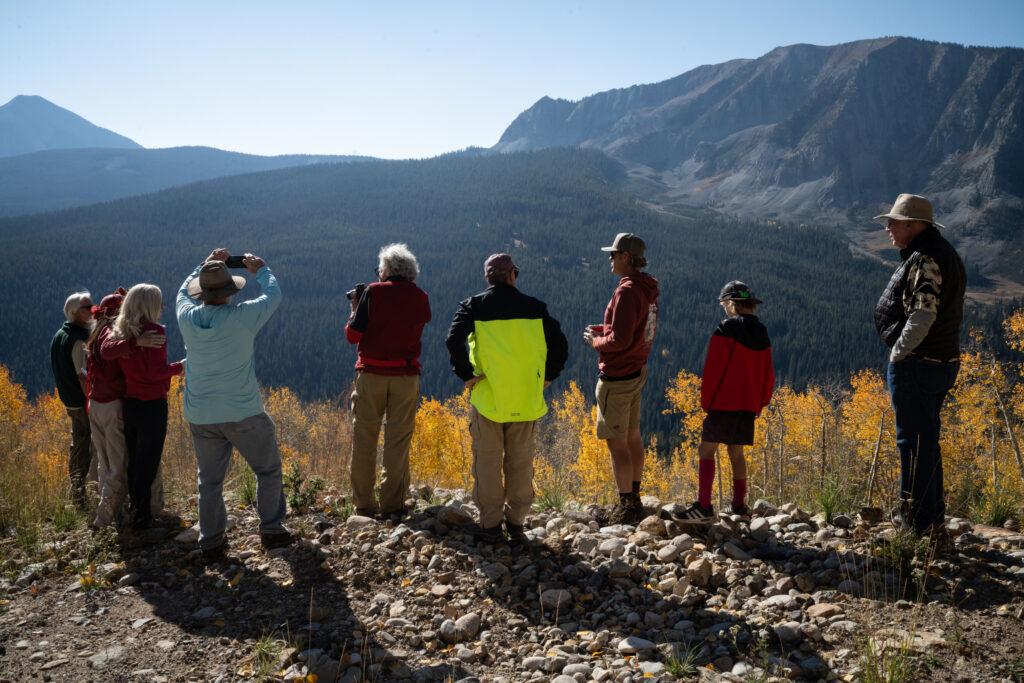
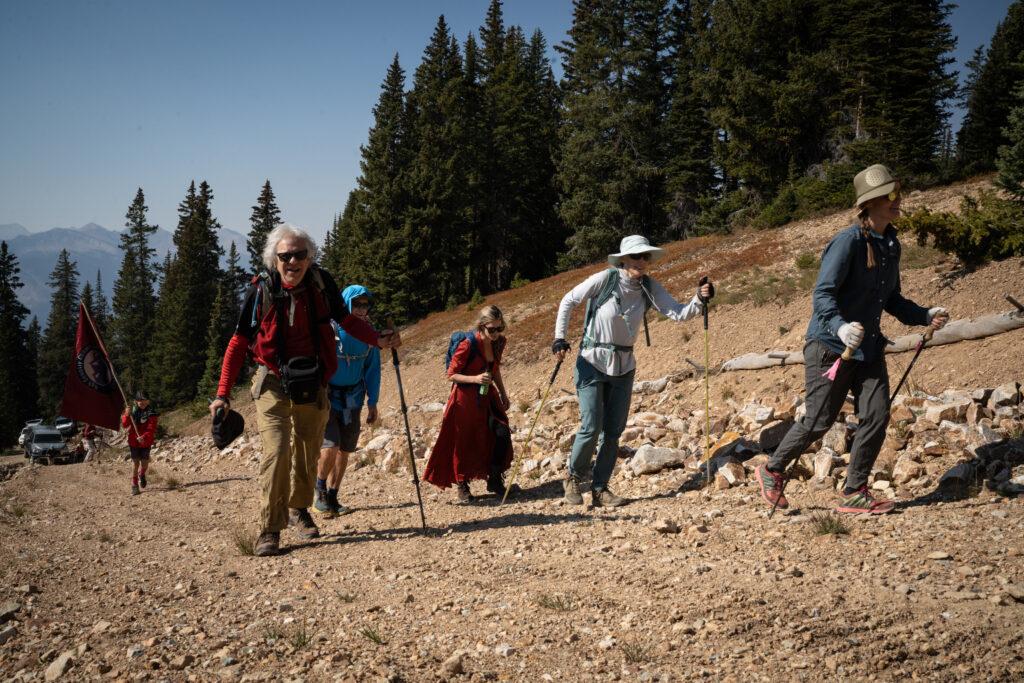
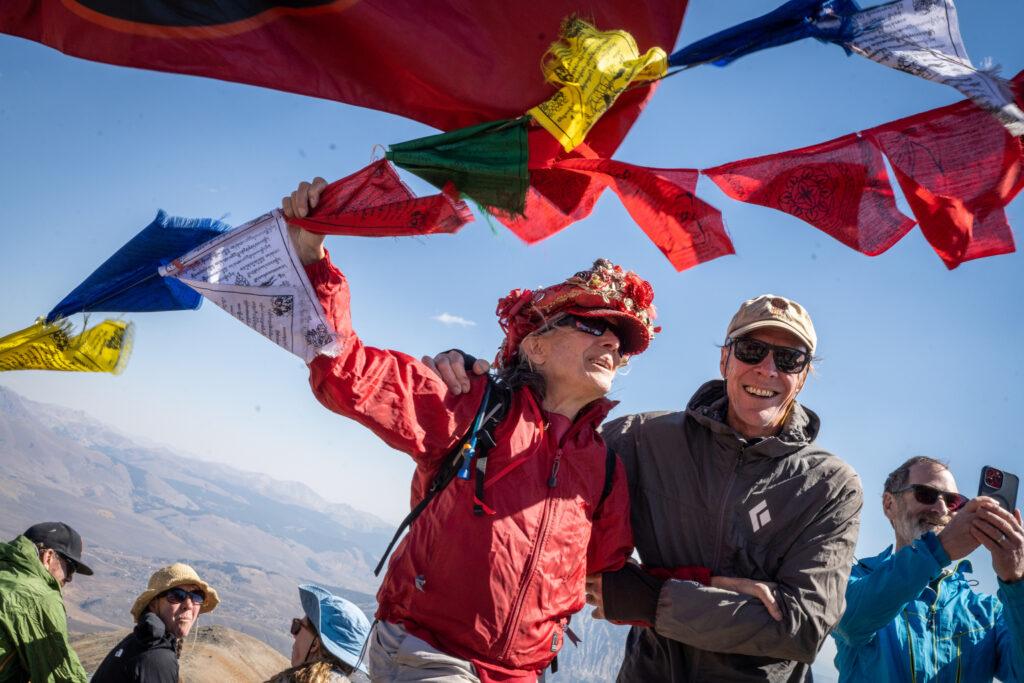
The group tied new prayer flags to a post at the summit, shared sparkling wine and sang songs like “The Mountain Song.” After about 30 minutes, the crowd trickled back down to their lives below.
Sue Navy was one of the lingerers. She never doubted this moment would arrive, she said, but didn’t know if it would happen in her lifetime.
Now, it has. She hopes to climb the mountain every year. And when she can’t do that anymore, she’ll look up at it from her home 2,500 feet below.
“It’s just a beautiful thing every single day,” she said. “It’s inspiring. It keeps you going.”



